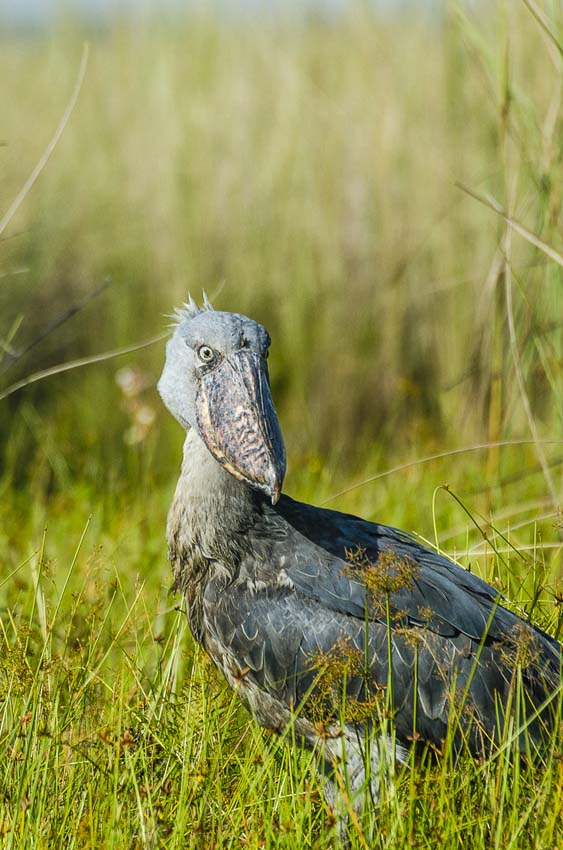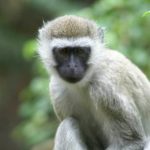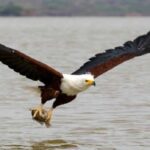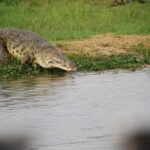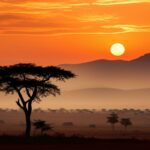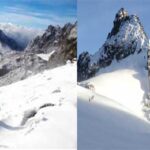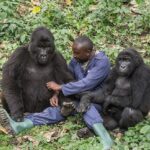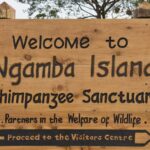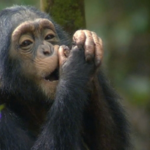Given the small size of the country which is approximately 235,000 square kilometers, Uganda boasts a national birds list of over 1090 species. This represents more than half the bird species that can be found in the whole of Africa.
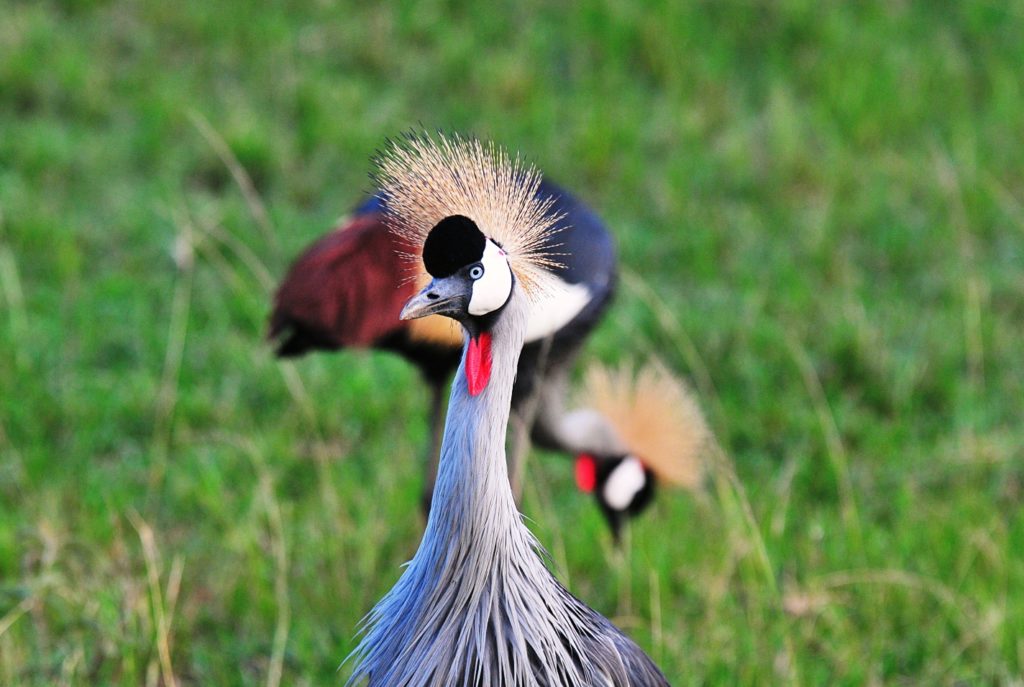
Uganda has an area contiguous with the Great Guinea / Congo Basin rain forest on its western boarder. Subsequently there are a number of west and central African bird species occurring in Uganda that are not found elsewhere in East Africa.
There are more than 700 forest reserves in Uganda.
One particular region is the Albertine Rift Endemic area (ARE), which has 38 species of birds confined to Uganda, Rwanda, Burundi and the Congo. Of these ARE’s Uganda has 25, mostly confined to the forests of Mgahinga and Bwindi National Parks in the southwest.
Wetlands
Uganda has 30,000 square kilometers of wetlands. Not less than 210 species, ranging from the Shoebill and African Skimmer to the endemic Fox’s Weaver, are found in these wetlands. More to the above are four Papyrus endemics; the Papyrus Gonolek, Papyrus Canary, White-winged Warbler and Papyrus Yellow warbler. And a White winged Black Tern roost of 2-3 million birds in the Entebbe area (Lutembe bay).
Uganda boasts a number of wetlands that have been listed as Wetlands of International Importance under the Ramsar convention. All these sites are recognized by BirdLife International as Important Bird Areas as well as providing a vital habitat for other threatened plants and animals.
Two of these wetlands are found within Uganda’s national parks:
Lake Mburo-Nakivali Wetland System, Lake Mburo National Park
This unique habitat lies at the convergence of two biological zones, giving it very high biodiversity. It supports globally threatened species of birds such as the Papyrus Yellow Warbler and Shoebill, and two of the endangered cichlid fish species which have become extinct in the main lakes. It is the only area in Uganda in which the impala is found.
Murchison Falls-Albert Delta Wetland System, Murchison Falls National Park
The site stretches from the top of Murchison Falls to the delta at its confluence with Lake Albert. The delta forms a shallow area that is important for water birds, especially the shoebill, pelicans, darters and various heron species. It is also an important spawning and breeding ground for Lake Albert fisheries, containing indigenous fish species, and it forms a feeding and watering refuge for wildlife during dry seasons.
Other Ramsar sites
Eastern/Northeastern Uganda:
- Lake Bisina Wetland System
- Lake Nakuwa Wetland System
- Lake Opeta Wetland System
Lake Victoria Region:
- Sango Bay-Musambwa Island-Kagera Wetland System (SAMUKA)
- Nabajjuzi Wetland System
- Lutembe Bay Wetland System
- Mabamba Bay Wetland System
Savannahs
In Uganda savannahs vary from the remote, semi-dessert, dry thorn-scrub region of Karamoja in the northeast, to the richer fertile savannahs of the western rift valley. Queen Elizabeth National Park has a bird list of 604 species, the highest for any protected area in Africa.
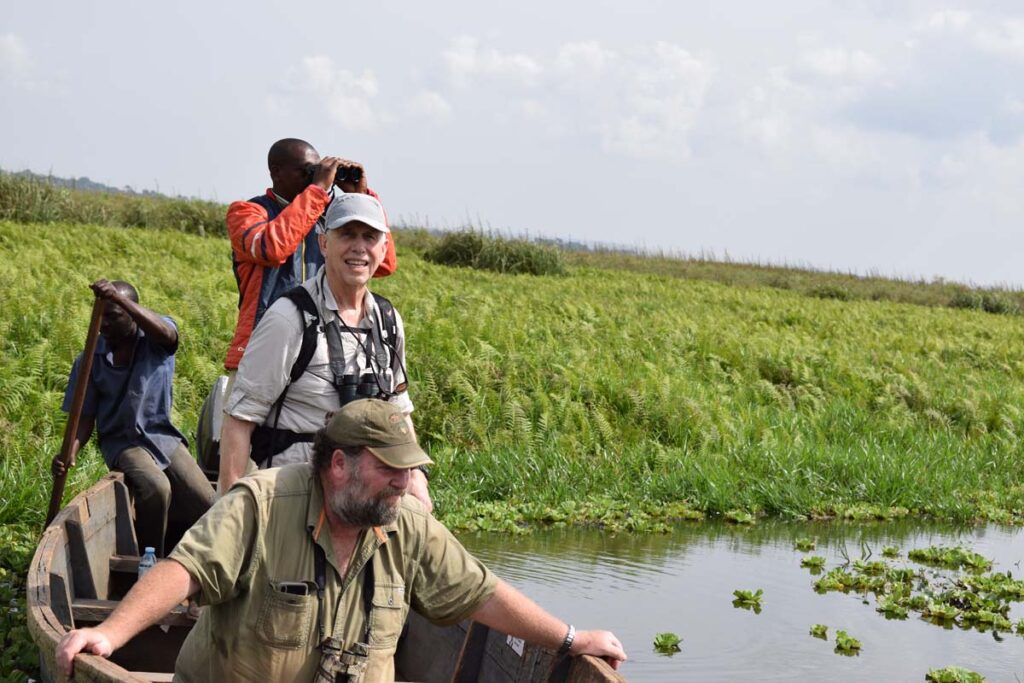
Checklist Ugandan Birds
Are you wondering what other species enrich the colourful birdlife in Uganda? Then download our complete Birding List of Uganda in Adobe PDF format.
(To get a birding check list) (PLEASE CLICK HERE)

